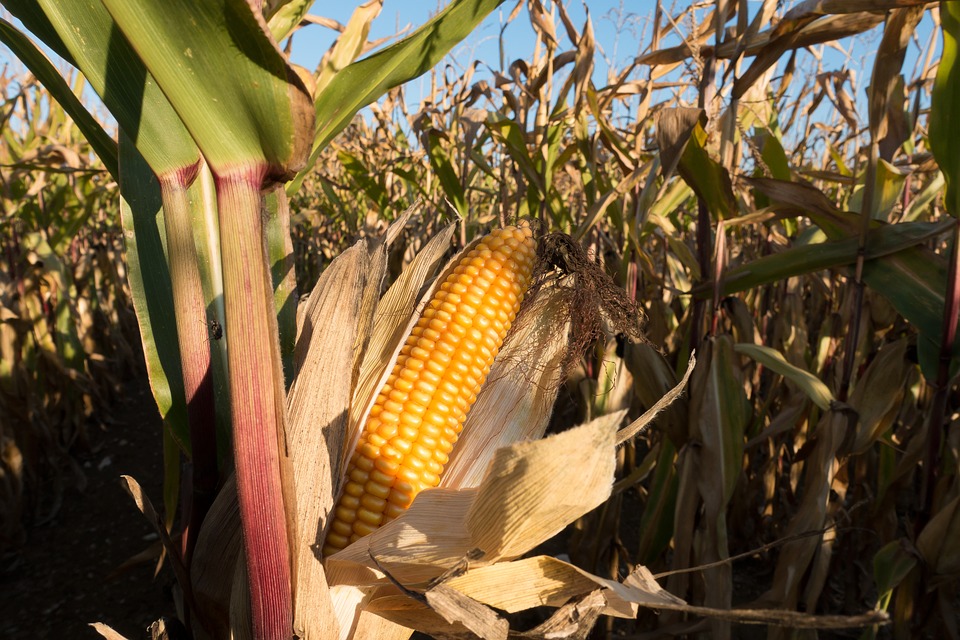
How can we address the perennial food insecurity in Kenya? In my view, food security would be addressed adequately if over 80% of the rural households were able to meet their annual food requirements with food produced from the family shamba.
What is the cause of food insecurity in Kenya? In my view food insecurity affects us most because these days it’s hard to draw a line between food purchasing between the rural and the urban families. Under normal circumstances, the rural households/families are not supposed to be food purchasers on a 12 month in a year basis because they should be able to rely on own food production for at least 4 months in a year. However, this rarely happens and it’s worse in central Kenya counties where I come from.
What is our annual maize requirement?
The existing statistics shows that 1 Kenyan consumes about 72 kgs of maize per year. Let’s say we are now 50 million Kenyans with an average of 5 members per household. We can therefore say that the total households in Kenya are 10,000,000
The annual food requirement per household is 5 x 72 kgs = 360 kgs and for the whole country is 10,000,000 x 360 / 90 kgs = 40 million bags.
So how do we make a rural household food secure through growing its own maize?
This is the assignment which we must tackle by exploring the most effective formulae of producing 360 kgs of maize per a rural household per year. If we achieve this, then our household would become food secure. Let’s therefore, train this household on how to become food secure.
To start with, our assignment is very simple and therefore, we do not need to farm in a big area . We want to take a small portion and practice precision farming on it. How?
Twende kazi
We are going to grow maize on a 10 by 10 m plot.
So let’s measure 10 by 10 plot.
- Plot area 10 x 10 = 100 m2
- Row spacing 0.75 m
- Seed to seed spacing 0.3 m
- No of rows =14.
- No of holes per row = 34
- Total number of holes = 476
- Dig holes that are 6 inches deep
- Apply 2 handful of well decomposed manure.
- Apply 10 g of DAP per hole (5 kgs)
- Mix thoroughly to homogeneity i.e. manure, fertilizer and soil.
- Place 2 maize seeds per hole in order to get a seed population of 952.
- Plant extra 50 seeds in planting bags for gaping just in case some seeds fail to germinate. We want to ensure that we end up with 100% plant population.
- Fence the area properly to ensure that no intruder gets inside the plot.
- Give each hole half a litre of water daily until full germination is realized. This plot will require 238 litres of water daily.
- After germination, remove all the weeds manually and because the plot is Small, it just requires family labor to weed.
- After one and a half months from planting, make rings around each plant and apply 10 g of C.A.N per plant (5 kgs)
- At flowering. ring around each plant and apply 10 g per plant if 17.17.17. (5 kgs)
- Harvest the maize when it’s ready.
Production calculations
Total maize stalks = 952
Number of combs per plant 1.25
Total expected combs = 1190
Number of combs per kg =4.5
Total kgs = 1190/= 264 kgs
No of 90 kgs bags = 3 bags
Production cost
DAP 5 kgs @ 70 =350
Seeds 0.5 kgs @ 300= 150
CAN 5 kgs @ 50= 250
17.17.17 5 kgs = 350
FAW control= 100
Total cost = 1400.
Manure will come from the family boma and the family will provide the labor.
Rural families should be trained on this kind of 10 by 10 plot farming twice in a year. In order to ensure that irrigation or manual watering isn’t done throughout the entire crop life, rural farmers should be encouraged to be planting their plots at least 1 month from the onset of the rains.
This is my formula for tackling food insecurity in rural areas. Of course, the other maize production systems i.e. medium and large scale would continue but should be done differently from the way things are done currently.


